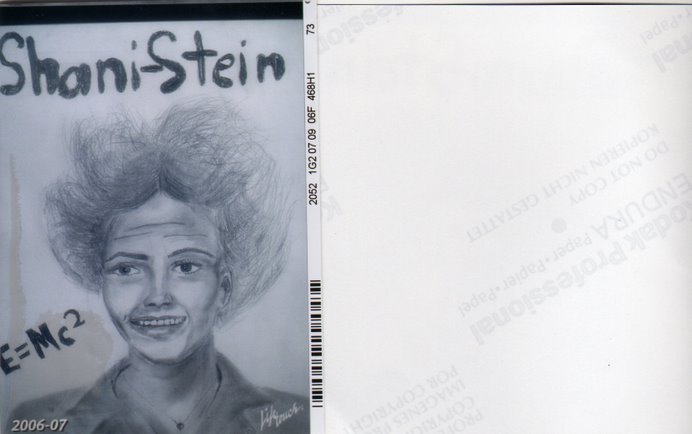2-4 Chemical Reactions and Enzymes:
Vocab:
Chemical reaction
Reactant
Product
Activation energy
Catalyst
Enzyme
Substrate
Living things are made of cells and cells are made of chemicals. Chemicals are made from atoms. Elements are the name of particular atoms
A chemical reaction is a process that changes a combination of atoms.
In a chemical reaction atoms or molecules that join together to form a new compound are called reactants. The final new compound is called a compound.
2H + 0 ----à H20
reactants product
There can be many reactants and few or many products depending on which elements and compounds are used.
Our bodies take in Carbon dioxide from our cells and water via the blood to the lungs and during respiration and produces an acid
C02 + H20 ---------------------à H2C03
Reactants carbonic acid
Carbon dioxide and water Product
Reverse process as you exhale
H2C03 -------------------------à C02 + H20
Carbonic acid carbon dioxide and water
Reactants: Product
When atoms join together they form bonds.
Bonds in which atoms share an electron are called covalent.
Covalent bonds form molecules
Covalent bonds often occur between elements close together on the periodic table, such as groups 3 & 4 or 4 & 5.
Ionic bonds form when one atom completely takes or transfers an electron.
Ionic bonds form ions
Ionic bonds occur between elements far apart on the periodic table such as group 1 and 7, or 2 and 6.
Bonds need to be broken or formed. During this breaking or forming energy is either released or absorbed.
Energy in Reactions:
Energy Changes in Reactions. Everything uses or produces some form of usable energy. If the chemical reaction uses more energy than it produces it needs a “catalyst” or starting mechanism before it will work. That is an endothermic reaction. These reactions feel cold.
Reactants + Energy → Products
----------------------------------------------------------------------------------------
Some reactions need no energy to start in order for this process to work
Exothermic reactions do not need a catalyst and can spontaneously ignite. They often occur between elements on opposite sides of the periodic table.
The reactions are called “hot”
Reactants = Products + Energy
Activation energy is low initially and will release more energy.
Enzymes:
Are chemicals which speed up reactants. They are found in things like digestion and mental processes.
They reduce the need for activation energy.
Enzymes use a substrate complex or a chemical that locks together two or more compounds so that they have time to react. It kinds of acts like a lock and key system.
Enzymes can be affected by other chemicals and any other variables that affect chemicals such as heat (fevers make it so you don’t want to eat-your disgestive system is working less well because some of the enzymes are not functioning correctly). Lack of other chemicals (you don’t think well when you don’t eat right because some of the enzymes made available because of certain types of food are not available to your cells. Etc.
Questions:
What happens to chemical bonds during chemical reactions?
Describe the role of energy in chemical reactions.
What are enzymes, and how are they important to living things.
Describe how enzymes work including the role of the enzyme-substrate complex.
A change in pH can change the shape of a protein. How might a change in pH affect the function of an enzyme such as hexokinase?
Think about the lock and key and whether a key will fit a lock which has been changed)
We did the burning eyeball experiment in which you put acid on an egg which showed what would happen if that acid got in your eye and why eye protection is so important. What does an acid do to the proteins in the tissue of an egg or an eye?
7. Why is that a problem?
Tuesday, July 10, 2007
Welcome to Blogging Biology: Bio A
Welcome to Blogging Biology Through Fitzgerald High School.
Enclosed you will find the folders with the assignments.
You will receive a paper packet (for now) that you will write in.
You will go on line to this blog for Bio A but there is also a blog for Bio B, Physical Science A and B and in the future Chemistry A, B and Earth Science.
This blogging program is used to help you obtain the needed materials for at home use.
to use interactive methods of study and virtual labs.
Please click on any links that you see in your power points and let me know about any problems you are having.
Enclosed you will find the folders with the assignments.
You will receive a paper packet (for now) that you will write in.
You will go on line to this blog for Bio A but there is also a blog for Bio B, Physical Science A and B and in the future Chemistry A, B and Earth Science.
This blogging program is used to help you obtain the needed materials for at home use.
to use interactive methods of study and virtual labs.
Please click on any links that you see in your power points and let me know about any problems you are having.
Tuesday, July 3, 2007
Subscribe to:
Posts (Atom)
